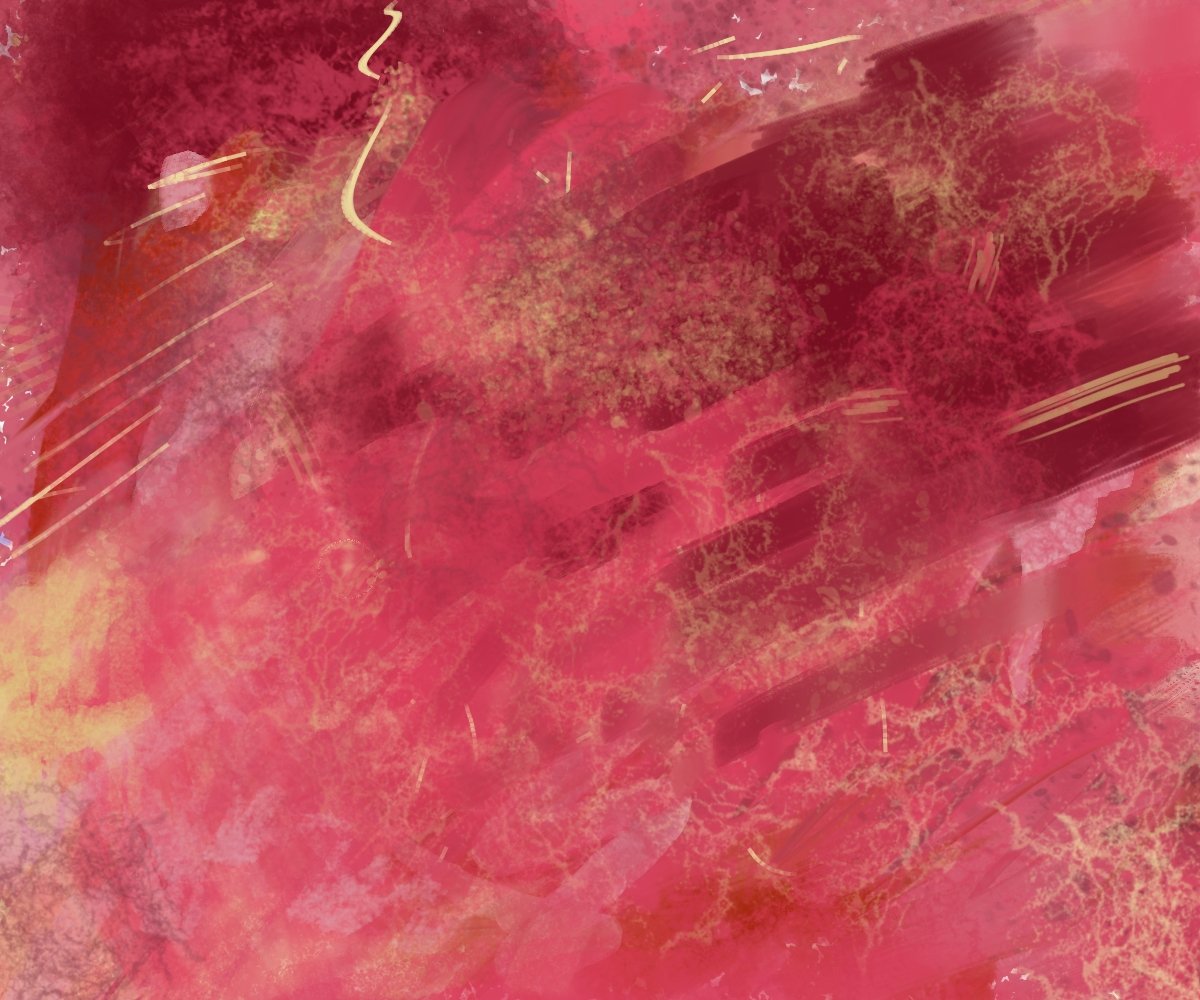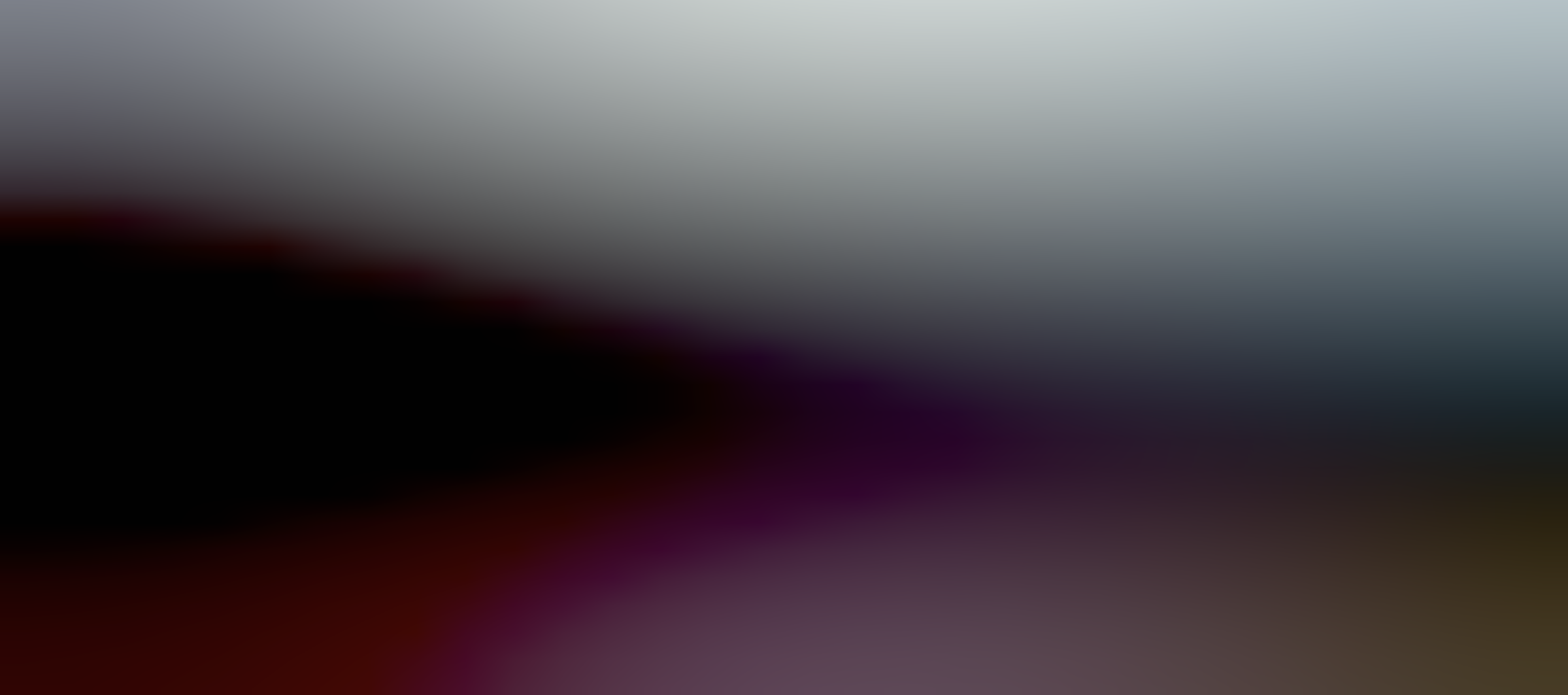
Student Voices
2022:
Art, Poetry, and Prose by Students of Nazarbayev University

The baursak was still hot and it was very hard to hold it. She took a bite and blew on it. Mother’s were the best. Suddenly, she realized how much she belonged to this place. She never actually wanted to live anywhere else. — Zhanel Mektepbayeva, “Returning Home”
Dinara Seksembayeva
The Kazakh National Costume, watercolors, 32 x 23 cm.

When I arrived at Gostiny Dvor, there was a group of people who could pass for listeners of the street musician: a regular event for Petersburg, even in February. He sang “Trava u doma” by Zemlyane, and I tried to figure out whether this choice of song was intentional. And then there were at least a hundred of them. They were patrolling the entrance to the shopping center, all covered in body armor, wearing headgear, carrying batons and guns. Some of them stood still in position to guard the paddy-wagons beside them. Some of them were running like hounds, looking into people’s eyes, as if searching for somebody in particular. Some of them had dogs. Some “passers-by” were wondering aloud why they needed dogs, and I said that dogs could smell explosives. And then I thought to myself that the dogs didn’t know that. They didn’t know what it was they could smell and why. They were simply trained to smell it and run. I wonder how this differed from the people in body armor.
ARIADNA LINN

The sun rose high when Zukhra and Baby Girl sat down on the porch of their small house. Baby Girl asked Zukhra to braid her hair one more time.
Baby Girl was an adult, as she used to say; she was already nine years old. She had long, thick hair that turned red and shimmered in the sun. Intricate braids looked beautiful on her little head. This was Zukhra’s merit – among other talents she had deft hands.
“Are you going to stop loving me?” Baby Girl looked back at her sister.
“Don’t be silly!” Zukhra let the hair out of her hands. “Why would you say that?”
“It is just how things work,” Baby Girl scrunched up her eyes in deep concentration. It looked funny on her.
Zukhra turned her head away to hide watery eyes.
“Nothing is going to change,” her voice faltered and she cleared her throat. “I will never stop loving you.”
“Girls, come on, someone needs to set the table,” a pleasant middle-aged woman was coming in their direction from the backyard, where the preparation for the celebration was in progress.
“We are coming,” Zukhra said. “I need just a few more minutes.”
“Mommy, Zukhra is braiding my hair,” Baby Girl said cheerfully. There were no more signs of seriousness on her face.
Zukhra will never stop loving her.
Zhanel Mektepbayeva
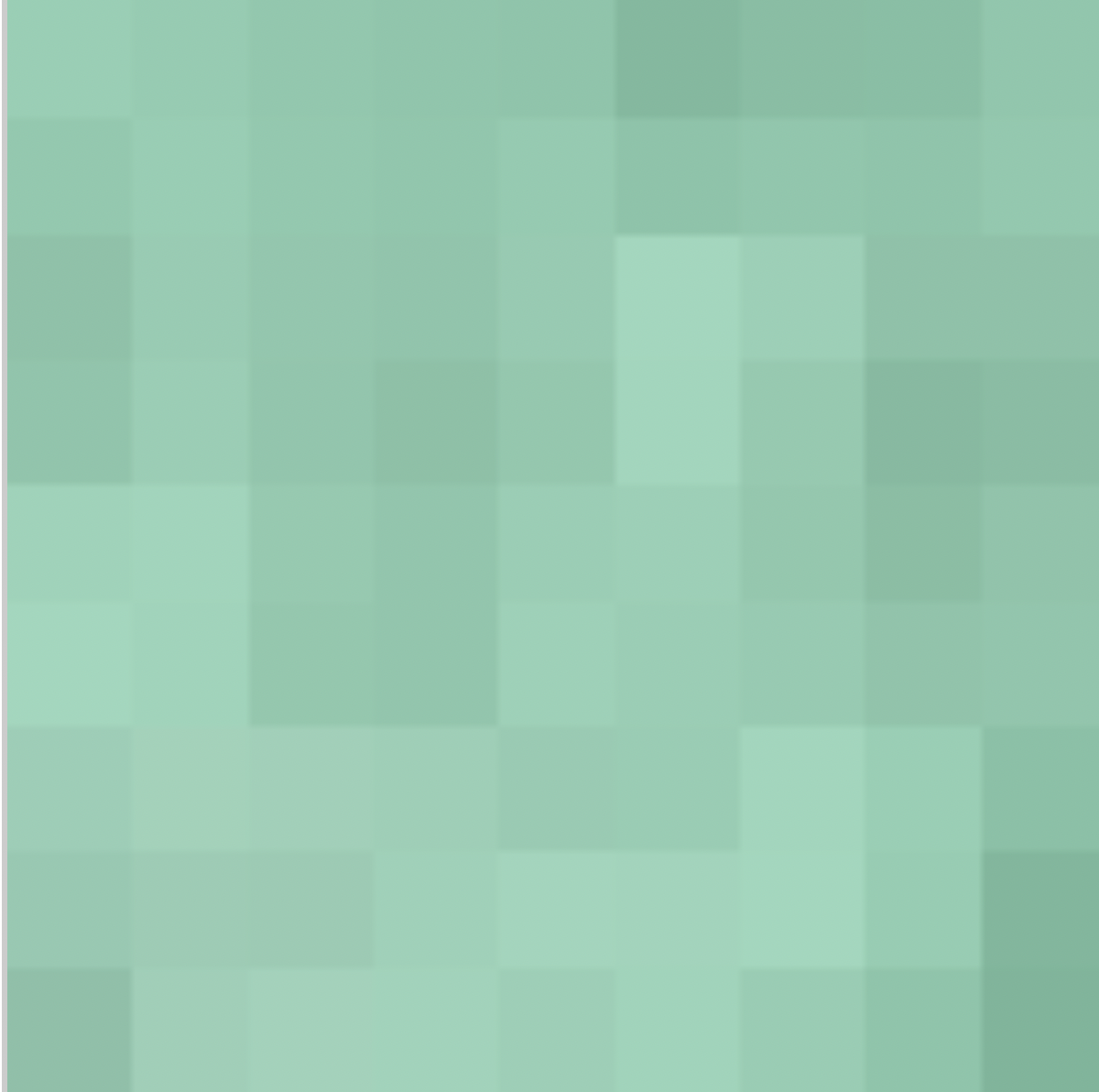
Bibinur Salykova
Vegetarian
Before better days I collected blonde Барбиs
planned to be beautiful be best be be new ray of fashion болото
didn’t eat any extra bit, extra bread, extra butter бауырсақ
until was forced to try that hot meat бешбармақ.
And there were cartoons about fancy girls, a bad one named Бурдина
was a bleak bitch blunt bare but бестолковая.
My бабушка in wrath called me бестолковая
once all dolls grinned with their plastic mute eyes, but the scariest – Барби
made me recognize – I keep dead bodies – they’re all like Бурдина’s.
It was time for them to burn in fire bright, break them and бросить в болото
where worms, baby butterflies could turn them into bitter бешбармақ
while I’ll enjoy a snug – calm crack on my butter бауырсақ.
How to make proper butter бауырсақs?
In the kitchen, I am always that бестолковая
when all future brides busy producing бешбармақ
I pretend I’m benumbed in disgust like a nutter Барби
black and plunge back into bottomless big болото
of my brain guessing how not to be like Бурдина.
I made fun of her, hated the color worn by Бурдина.
Never will I be such a blood of баур-sack
said I wearing a blouse with a blush tint of бoлото
and all all all youthful days were бестолковые
дни when other girls didn’t look like Барби
inside boiling like boring bulky бешбармақs.
With horses’ meat beaming dough бешбармақs.
Luscious steppe flesh, not bony nags like Бурдинаs.
Furs of them lighter than blondes of Барби
and bellies – fluffy бауырсақs.
Does feeling sorry make me бестолковая?
I’d rather gulp bananas grown in rotten бoлото.
I’d rather drink that bewitched dull бoлото.
Billions of buried in bogs for бешбармақs
served for bravery for such бестолковая
me who can’t even cook бауырсақs
all gone grown up vegan Барби.
Are there other болотоs and other Бурдинаs
eating бешбармақs, gold sided бауырсақs?
And other бестолковаяs like me, beloved Барби?
Liliya Mukhamejanova
A Poem is a Refraction
Since humans have a degree of physical density to them, we also absorb said world. Details of names and dates from the news get stuck in the back alleys of our minds, memories of awkward encounters pop up just when we want to fall asleep quickly; numbers, recipes, book quotes are all shuffled and arranged in the inner pantry of our brains. All of these absorbed perceptions have their outlets, too. Whether it is one’s dream of becoming a chef or their lack of desire to laugh at an offensive joke, all these impulses are shaped by the reality of this very world, this light pouring from the windows. The poet's main role and skill, then, is to be able to let this light pass through and transform it as a prism does. The poet goes out into the world and, inspired by it, processes their impressions in such a way as to preserve the essence of what they understand, but channeling it through a poem, using language as a tool of modification. The poet opens up to the beam of the world’s light, allowing themself to be pierced by it, and ending up with new waves of poetry. The poem is thus a refraction: a change in the direction of a ray from the external world when passing through the poet’s inner self, manifested in ‘sun bunnies,’ like the single rainbow wave on the cover of Pink Floyd’s The Dark Side of the Moon. The poem is a transformation.
* * * * * * * * *
This vision of interaction between the poet and reality is almost comforting; it assumes that each person has a source of light and may reunite with it, as with a distant ancestor. It also implies that light is an inexhaustible resource; as long as humanity exists, it always does so within a setting, which means that we all have the ability to create this setting’s refractions in poetry. These refractions are both unique and have common origins, as we navigate the movement of the same light by letting it fill us in our own ways. In addition, the inexhaustible quality of the light makes the relationship between the agents of refraction meaningless. It is not clear why we need to pick up a prism, let alone become one, and let the light pass through us; there are no correct answers. That is another beauty of this engagement. Poetry’s uselessness liberates us, and makes it possible for everyone to determine for themself why they need it; the less we think about meanings and the more we trust and accept our craving for refractions, the more fruitful our interactions with light will be.
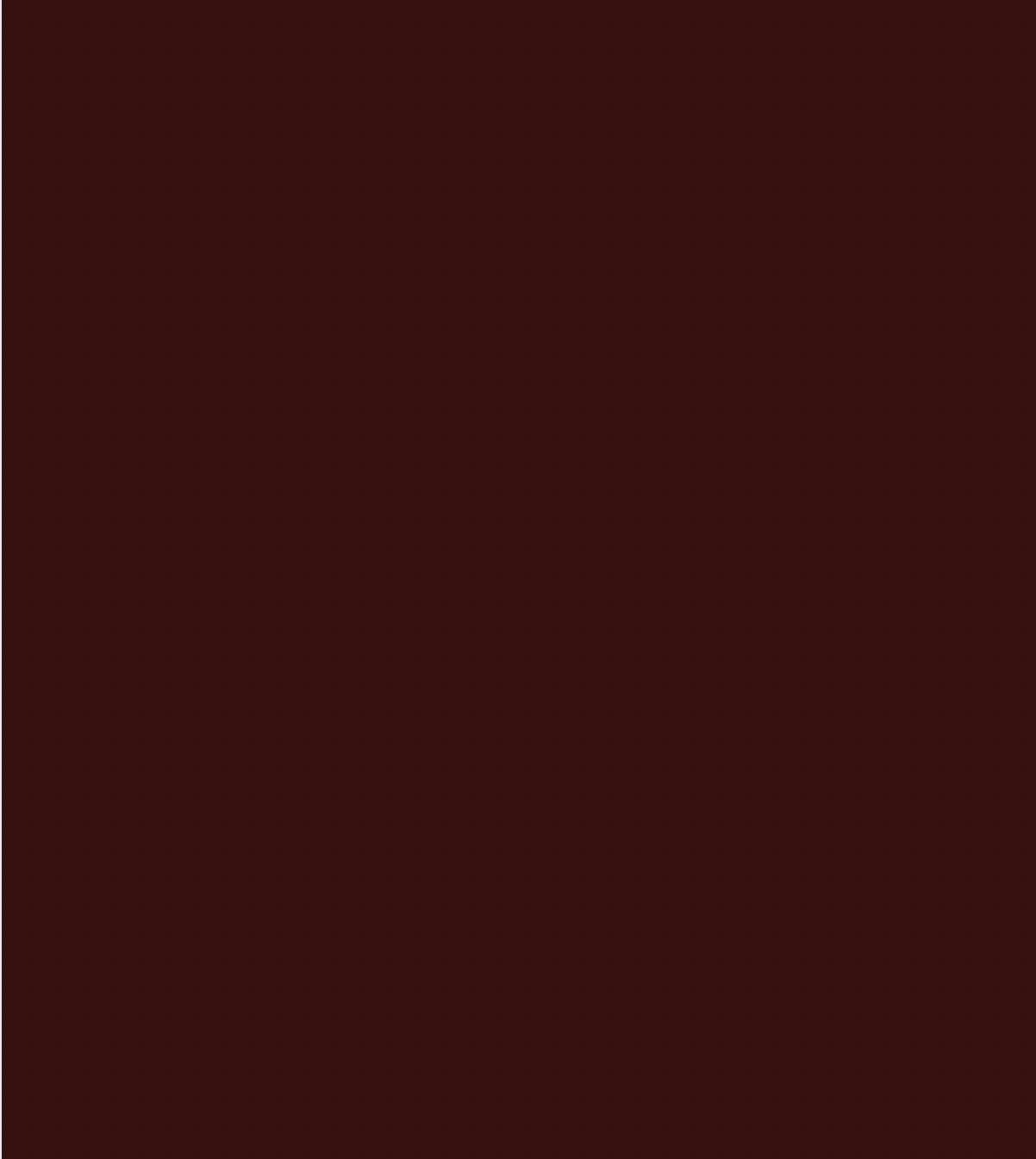
Ayazhan Toleubek
Garden, 2015, photograph, 3264 x 2448 cm.
Lyazzat Toleutay
Anxiety Attack
I lay down, take a breath
then another, deeper.
Distressed, I have two pairs of lungs
in enmity, battling for the scarce air,
the ribs turn into shattered glass,
and leave splinters in the liver.
I stand up and my heart
pulls her chambers together,
quickly packs a suitcase, slides
through the belly and rolls down
to the tip of my shoe, slamming
the door on the way out.
My belly explodes,
lets out a swarm of parasites
that climb up and ravage my skull.
Everything about me to be eaten up,
except for, maybe, the toe tip of my shoe.

Kamila Kurkumbayeva
О любви: Абстракция 1, 1200 x 1000 cm.
From the Editors
Well it’s that time again: time for our second Annual Student Voices Edition, both born out of and into COVID, unrest and global transformations, and we are very excited to share it with you! One of our core philosophies at Angime is that true conversation must include distinct, unique, and diverse voices, and we seek out authors and artists who are as brilliant as they are different. The conversation that emerges between these voices often comes as a surprise even to us. For instance, we didn’t set out to represent only women artists this year, and it wasn’t until we were ready to publish that we realized all of this edition’s voices come from the amazingly talented and diverse female student body at Nazarbayev University. However, this is not the only thing that unites the writers and artists in this issue. The voices in this edition are voices of witness – witness of turmoil inside countries, families, ourselves; witness of processes of exploration and writing; witness of one’s own culture, other cultures, and the inner and outer landscapes, both foreign and familiar.
We have Zhanel Mektepbayeva’s story “Returning Home,” a subtle and beautiful exploration of two sisters over time, their connection and disconnection. Moving between one sister’s written expectations and memories and her present wandering through her current life, the warmth of her mother’s cooking, and the absence of her sister until they finally reunite again, in a devastatingly powerful final scene. We have Ariadna Linn’s “Gostinyi Dvor” – the direct, succinct and terrifying essay on witnessing the everyday war waged on peaceful protest in Russia. Liliya Mukhamejanova, in her lyric essay “A Poem is a Refraction,” observes “a change in the direction of a ray [of light] from the external world when passing through the poet’s inner self,” as these voices transmute experience into art.
We have Bibinur Salykova’s study of one’s own relationship with languages, space, reflection and memory in her poems, “Vegetarian,” “A Night of a Merger,” and “Plastic Bag.” Lyazzat Toleutay’s poem “Anxiety Attack” witnesses the tides of anxiety within one’s inner landscape.
The three artists in this issue are looking at what is familiar; they look into it and beyond. Kamila Kurkumbayeva’s “About Love: Abstraction 1”– is a semiotics of love. At first, a flat red panel, a simple and neat substitution for the real heart becomes, when you look again, something like a sonogram of the flesh in love, with yellowed sinews. Dinara Seksembayeva’s watercolor deepens the familiar iconography of traditional Kazakh female identity revealing through the artist’s choices the humanity of the subject and of the artist. Each sector of her paintings reveals a life of its own. And her still life clings to exuberance, trying to keep and contain it through the seasons passing into dormancy. The perspective in Ayazhan Toleubek’s photographs greedily soaks in the unfamiliar. As a bystander, we may not know what to look at until we realize that everything around the frame has disappeared, and the photo’s subject (whether buildings or highways) has become more than an object– it has become animated. In the third image, when some of the human figures look into another camera in the foreground we feel most clearly that the photographer is magnetized, transformed by a landscape that sees and does not register the one who has captured it.
During the isolation of global pandemic, the more inside-voice conversation between artists and their work kept many of us from despair. Now, at Nazarbayev University we are again an in-person community, and we at Angime look forward to sharing these Student Voices, meeting you spontaneously and talking about them, and engaging in a new season of witness, creation, and celebration.

2022 Archived Conversations:
May 30, 2022: I Used to Live Here: Art and Identities Disrupted by the War in Ukraine



